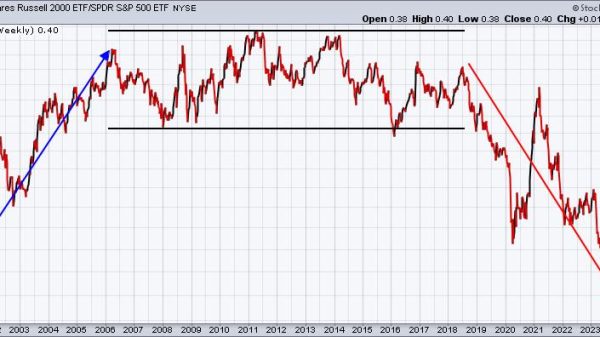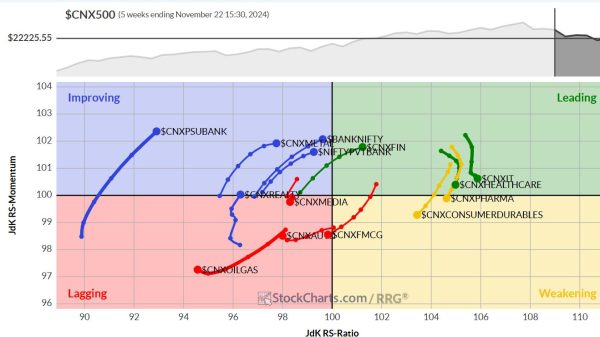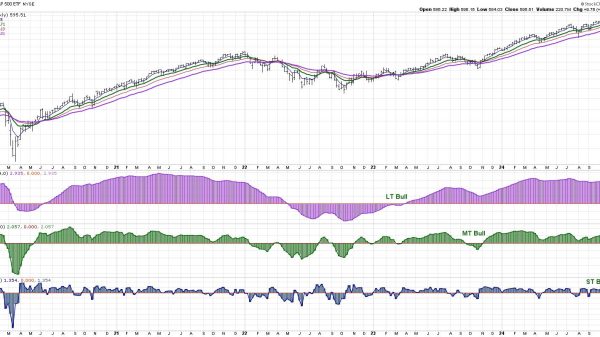CLIMATE CHANGE is making us angrier online. A lot angrier.
Hateful comments spike on social media when temperatures rise above 30 degrees Celsius (86 Fahrenheit), researchers at the Potsdam Institute for Climate Impact Research have found.
“It’s an indicator of how well people can adapt to high temperatures,” said Annika Stechemesser, lead author of the study published in The Lancet Planetary Health earlier this month. “If temperatures go too hot or too cold, we found that there’s an increase in online hate speech, no matter the socioeconomic differences, religion or political beliefs.”
Global warming of about 1.1°C on average since pre-industrial times has unleashed all sorts of extreme weather events across the world. This summer, drought and a string of heat waves hit Europe, China and the US. For humans, heat is associated with psychiatric hospitalizations, increased rates of suicide and more domestic violence, according to research.
And aggressive behavior online has been linked to violence offline too. Incensed posts have led to more violence toward minorities, including mass shootings, lynchings and ethnic cleansing, according to the Council on Foreign Relations, a New York-based think tank.
Ms. Stechemesser and other researchers analyzed a sample of 4 billion tweets between 2014 and 2020 from users based in the US. They used artificial intelligence to identify about 75 million hate messages in English, using the United Nations’ definition of online hate, which includes racial discrimination, misogyny and homophobia. They then analyzed how the number of tweets changed when local temperatures increased or decreased.
The researchers found that online hate speech increased as daily maximum temperatures rose above 21°C (70F) — a “feel good” point. Hate messages went up as much as 22% on hot days, compared with the average online hate during times of mild weather.
Across all climate zones and socioeconomic groups in the US, online tensions intensified even more significantly when temperatures exceeded 30ºC. Researchers observed that online hate speech increased by as much as 24% — from the feel good point — when temperatures reached 42ºC to 45ºC in US regions with hot and dry climates such as parts of Texas, Arizona, New Mexico and California. Last year, a study by the same researchers focusing on Europe reached similar conclusions.
“When discussing climate change, it’s a point to remember that we feel the effects everywhere, not just in places with big disasters,” Ms. Stechemesser said. “There are places where the social consequences of heat have not been discussed very thoroughly, especially around how we can live together as a society and deal with our wellbeing in the future.”
Researchers analyzed the tweets as a whole and did not look into specific incidents. That means there’s no way to know if the weather made online tensions worse following the murder of George Floyd in May 2020, for instance, or in the lead up to the attack on the US Capitol in January 2021. Still, some conclusions can be reached ahead of the US mid-terms on Nov. 8.
“Our results show that if September is particularly hot, we can expect to see more hate on Twitter,” said Ms. Stechemesser. “But the research doesn’t really show what kind of hate it is or on what topics — we don’t know yet whether the hate we observe is tied to political issues.”
The direct relation between heat and online hate has also been documented in China, where researchers analyzed over 400 million tweets from a sample of 43 million users posting on the country’s largest microblog platform — Sina Weibo. They concluded that days with temperatures above 35°C, rain, higher wind speed, overcast skies and air pollution all make people grumpier online.
“Of course, people can, to an extent decide consciously whether they want to be nice or not, but we still find you’ll have more hateful behavior if you find yourself a certain temperature range,” Ms. Stechemesser said. “The first thing to do is limit global warming, that’s the most obvious approach to solving this.” — Bloomberg























